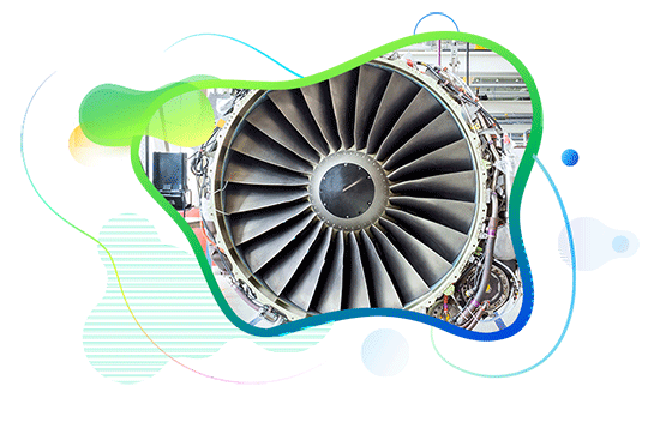
LSAP MANAGEMENT, A NECCESSITY OF MODERN AVIATION
Published :
In this era of modern aircraft, Loadable Software Airplane Parts (LSAP) is becoming an integral part of Aircraft Configuration. LSAP along with the relevant Hardware parts constitute the Loadable system whose functionality can be modified or changed by just updating the loadable software parts.
The major advantage of this is as follows:
Virtually all the software is airplane loadable, which allows for flexibility in adding new functionally, fixing software problems, or modifying software to accommodate re-designed hardware. But on the other hand, it also adds complexity to the airplane configuration management process. There are numerous reasons why a given software part could change during the lifetime of the airplane. The configuration of the airplane must be known and tracked during all of these changes to maintain operational approval for the airplane. For an airline to operate & maintain an aircraft having these loadable systems/software, the following processes should be implemented:
In the case of older Boeing 737 & Airbus A320 loaded with 30 software parts, changes were occasional, which made it possible to track them in a sheet of paper. New-age fleet such as the Boeing 777 which has 120 software parts and the latest Boeing 787 Dreamliner which has around 300 software parts are loaded to around 1400 to 1500 locations, making the process of tracking in a sheet of paper no longer viable.
Now the question that would arise is how this process can be done efficiently. This throws light on having an Engineering Data Management System (EDMS, an M&E/MRO system) which can efficiently manage this process. Such an EDMS would be able to maintain the configuration control of the aircraft like comparing the current ”As-flying” configuration with that of “Authorized Configuration”, logging and tracking change requests throughout its execution cycle, tracking discrepancies, generate various reports for Regulatory Authority inspections as well as for internal reference purposes. The EDMS would also be flexible enough to interact with aircraft OEM’s web based software configuration tools by importing and exporting data in XML formats. The additional feature like alerts on impending due task as well as on prevailing status of engineering changes will also be of additional value.
LSAP Management of Ramco Aviation Suite addresses this modern aviation need. With customers, who have gone Live for their B787 fleet, Ramco has proven that its solution can deliver the needs expected by an operator to efficiently manage the next generation fleet like B787 Dreamliner and associated LSAPs.
Enterprise asset management (EAM) involves the management of mission critical assets of an organization throughout each asset's lifecycle. EAM is used to plan, optimize, execute, and track the needed maintenance activities with the associated priorities, skills, materials, tools, and information. The aim is to optimize the quality and utilization of assets throughout their lifecycle, increase productive uptime and reduce operational costs.
Enterprise asset management (EAM) involves the management of the maintenance of physical assets of an organization throughout each asset's lifecycle. EAM is used to plan, optimize, execute, and track the needed maintenance activities with the associated priorities, skills, materials, tools, and information.
The software helps in effective maintenance of assets through preventive, predictive, shutdown and breakdown maintenance strategies. The system also helps enterprises mitigate equipment risks by enhanced safety standards. The streamlined operations and improved asset performance helps organizations increase their investment effectiveness.
EAM is important because it helps organizations track, assess, manage and optimize asset quality and reliability. Asset intensive Organizations have hundreds, thousands, even millions of assets which needs to be maintained to maximize / optimize life of these assets to increase the return on investment.
The key features of effective EAM are:
Asset Intensive companies under the following Industries :
Contact us for a meeting and schedule a demo
This differs on case to case basis, based on the type of installation and unique industry specific requirements. Contact us for a meeting and schedule a demo.
This differs on case to case basis, based on the type of installation and unique industry specific requirements. Contact us for a meeting and schedule a demo.
Stay Connected, follow us on LinkedIn / Twitter to know more about EAM Software latest trends.

All Rights Reserved. © Copyright 2024. Ramco Systems.